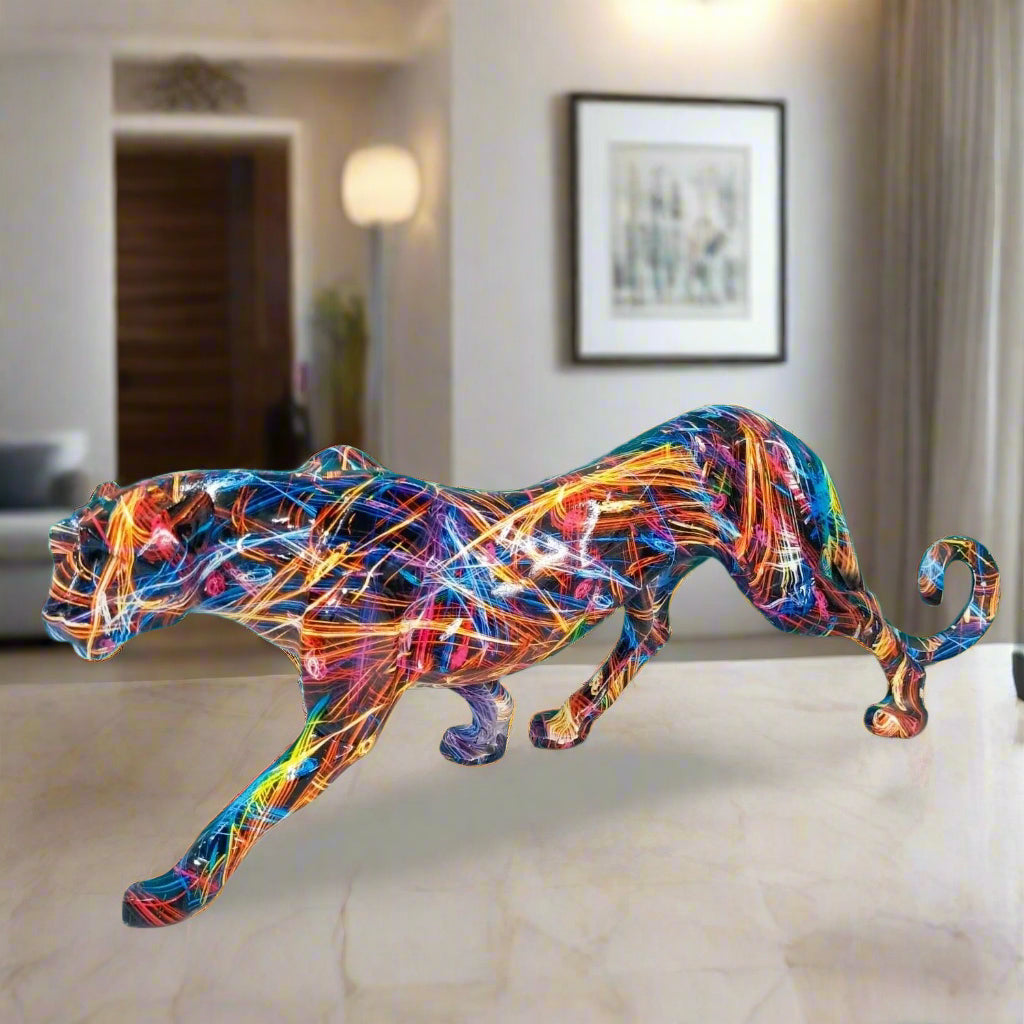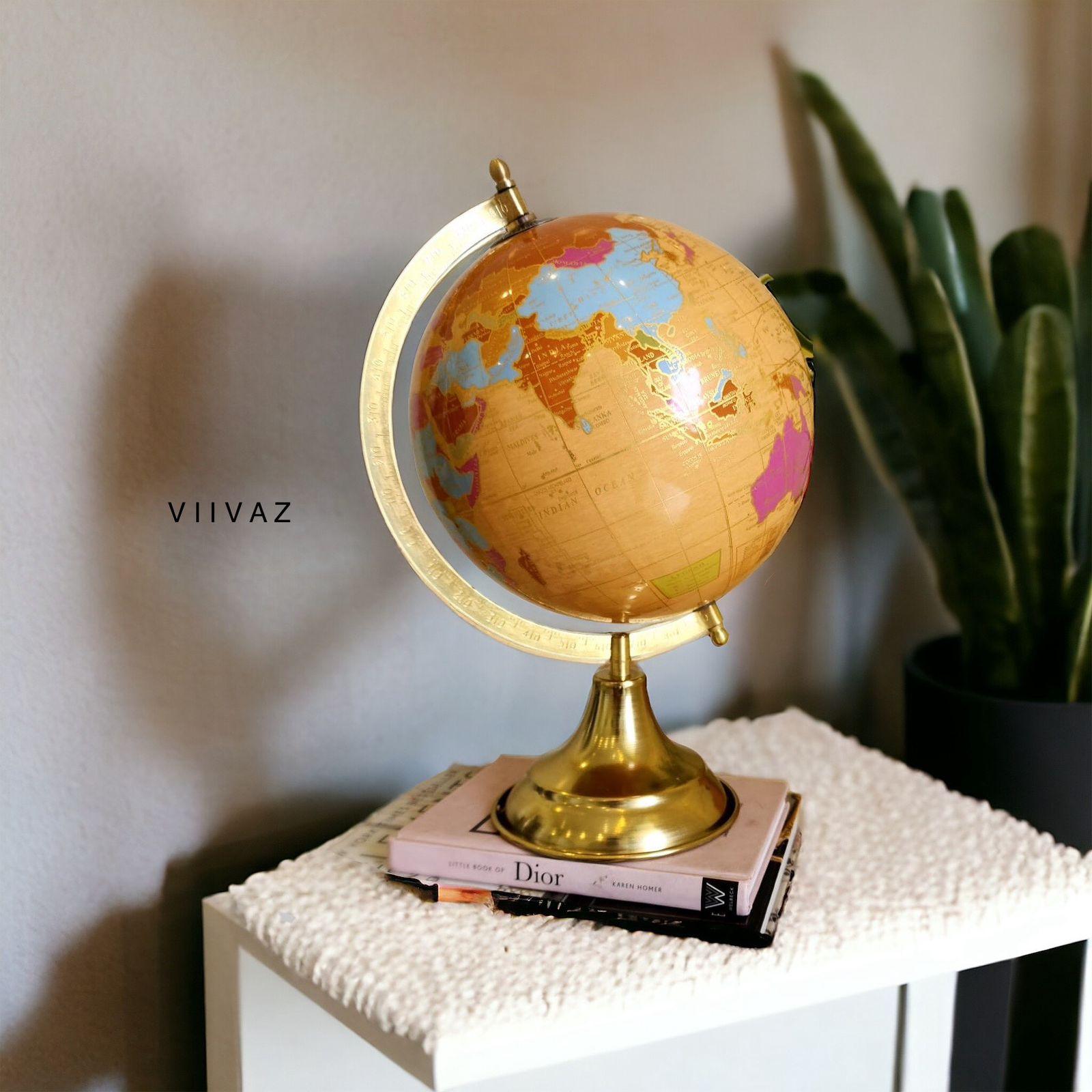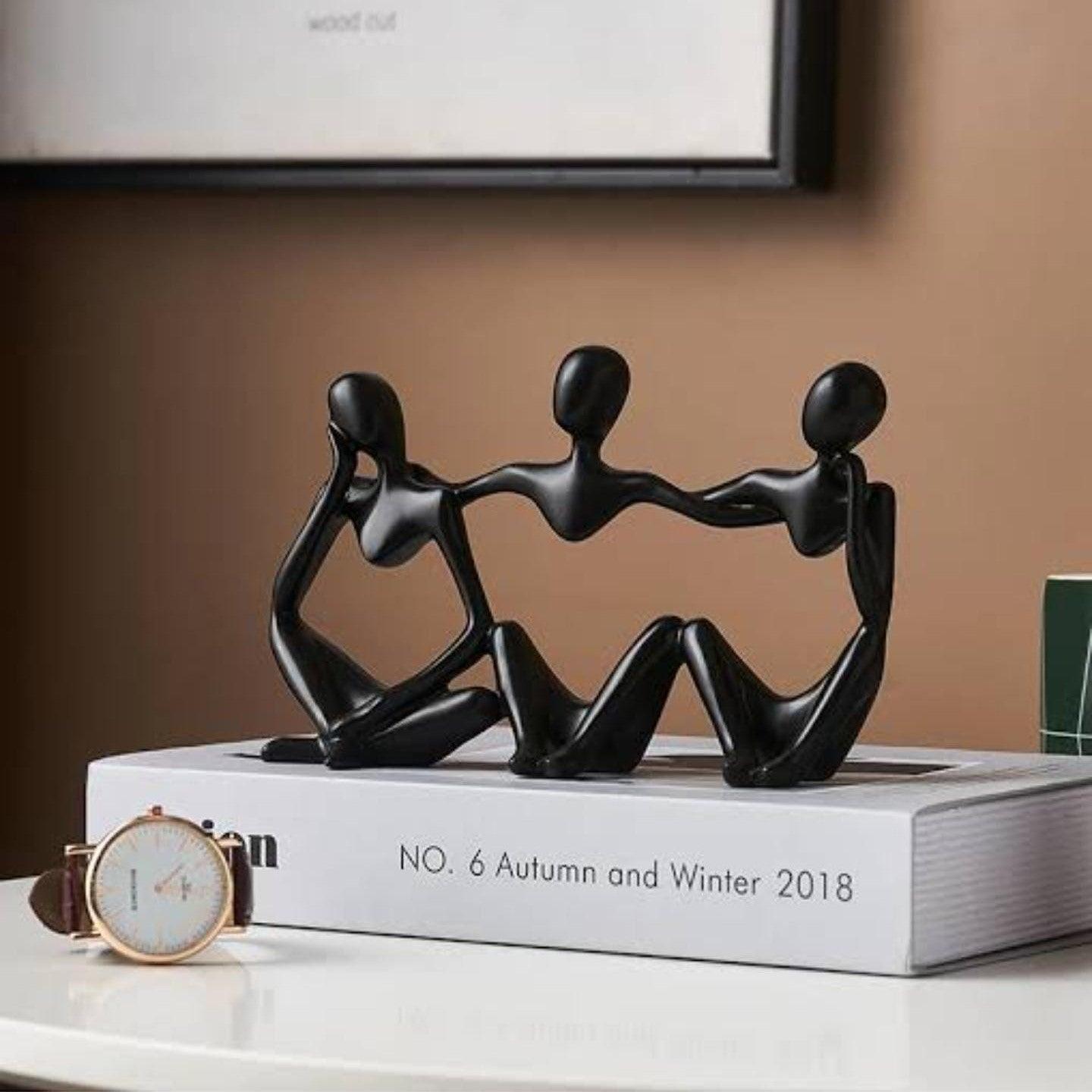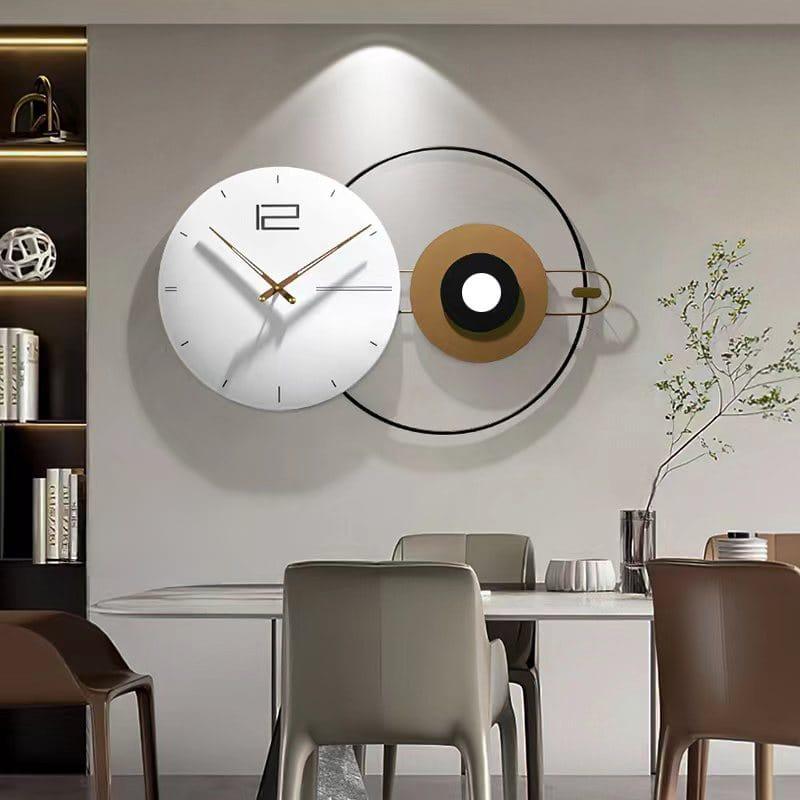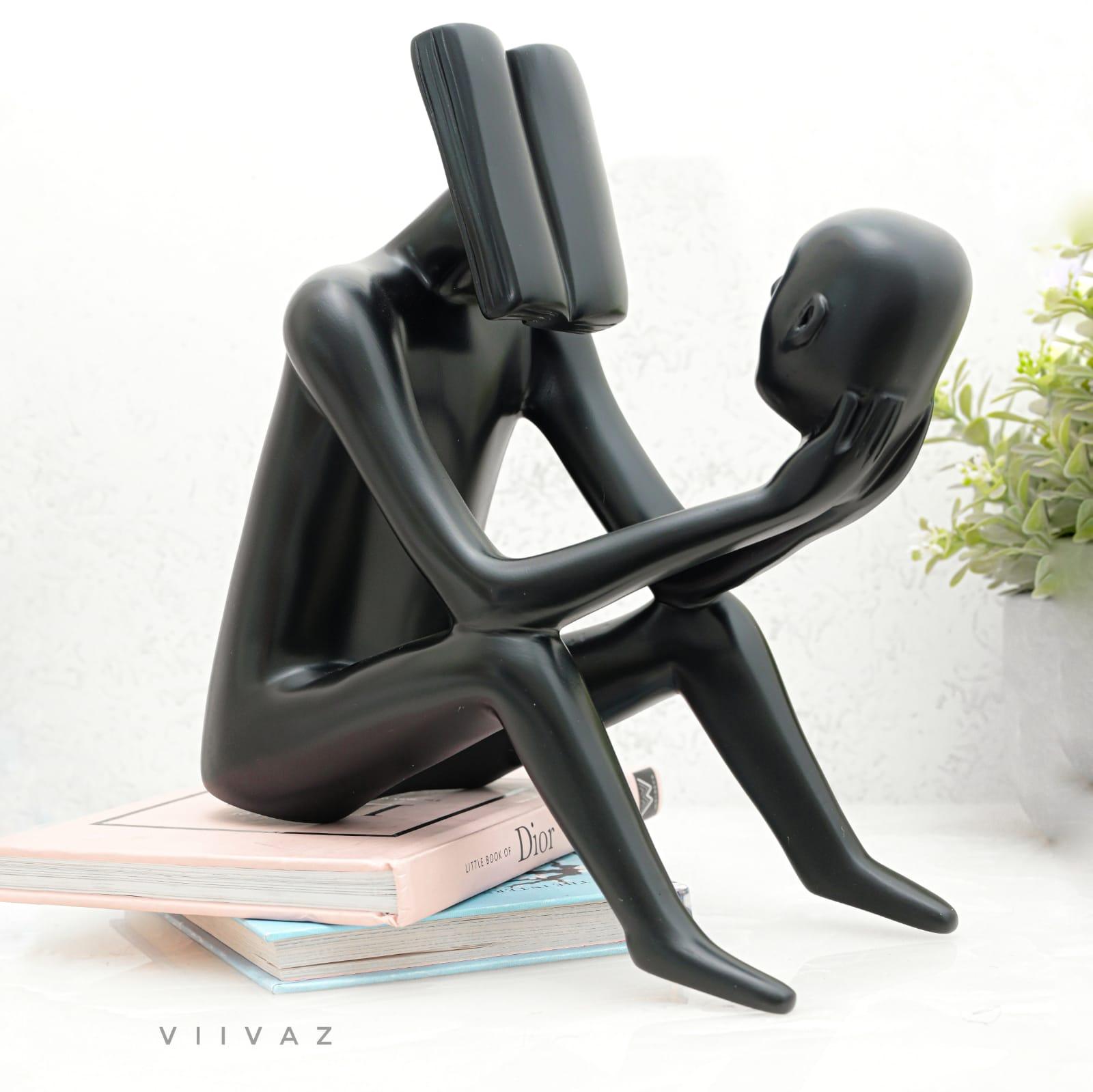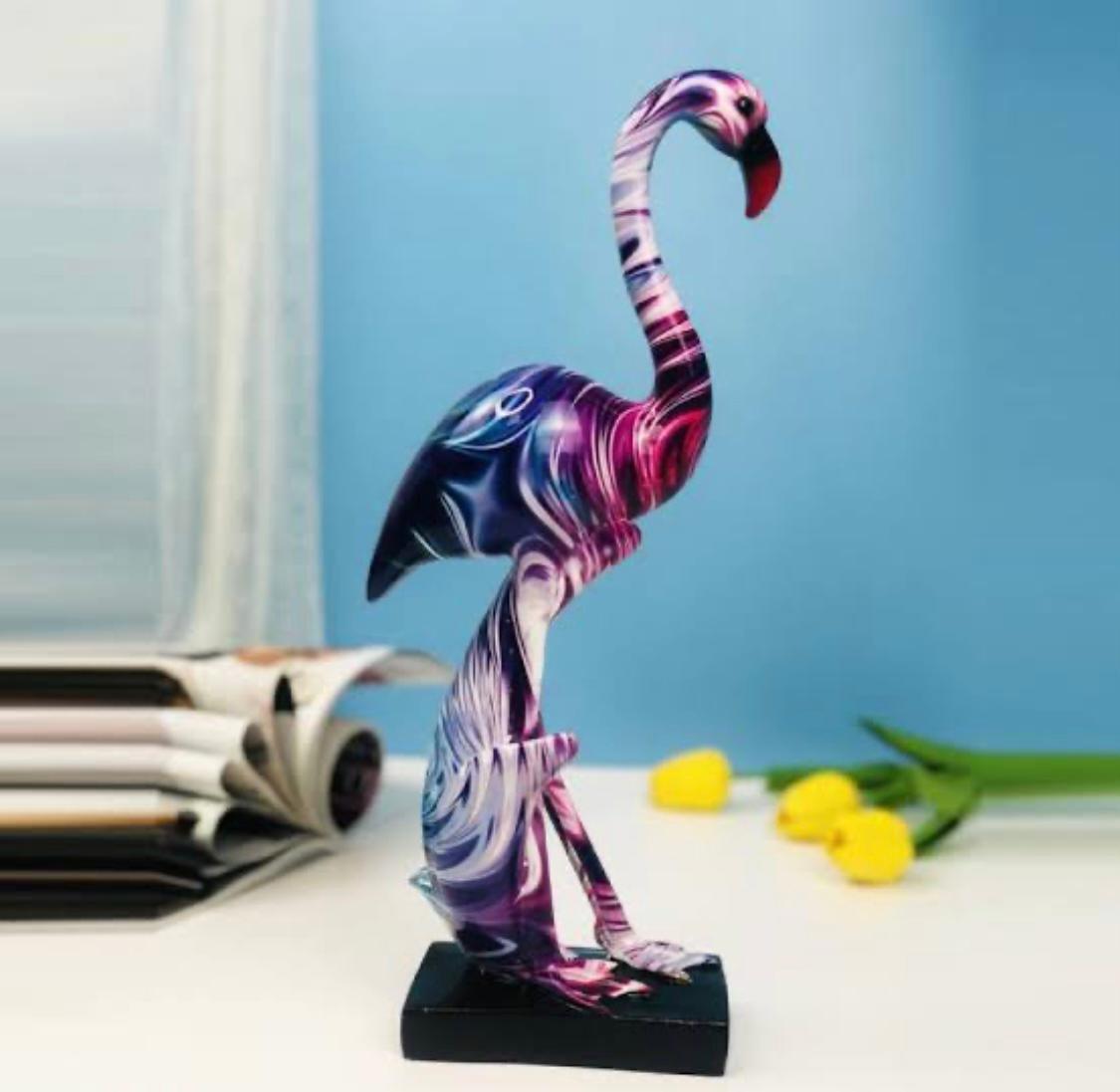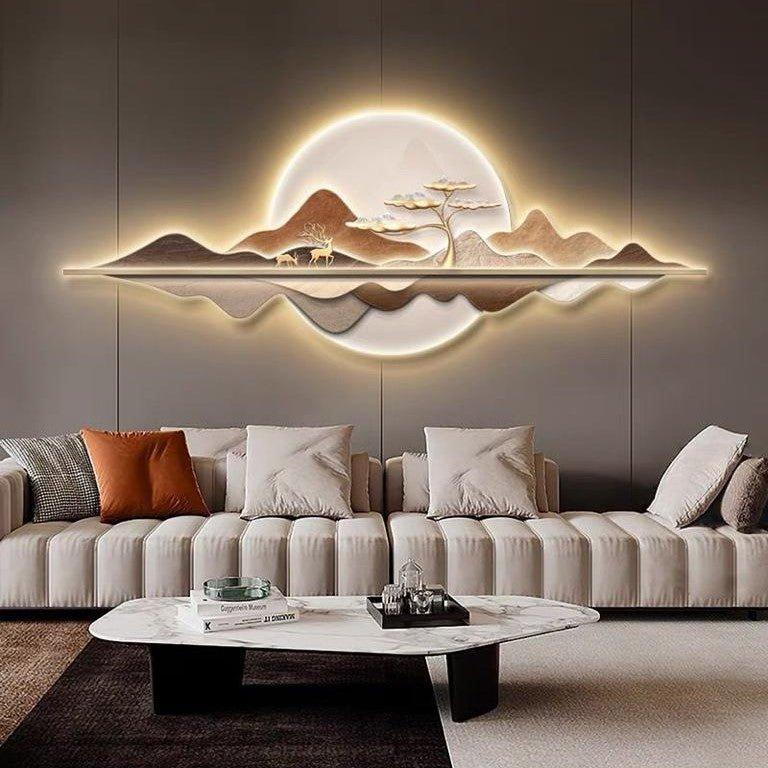Living spaces are reflections of your personality and style, so creating a comfortable and aesthetic environment is essential. Using wall art is one way to accomplish this.

Wall art can completely change a space by establishing a focal point and adding a splash of colour or texture. It can also showcase your preferences and give your home a cosy, familiar feel.
This blog aims to introduce you to all the benefits of using wall art in your home and to provide tips on selecting and arranging wall art to create a personalised and visually appealing living space you'll love spending time in.
Benefits of Using Wall Art
Creates a Focal Point in a Room
Wall art can draw attention and establish a centre of interest in a space. It can be especially helpful in rooms with no natural focal point, like bedrooms and living rooms.

A strategically placed piece of wall art can make a strong statement and establish the mood for the entire space. For example, a large abstract painting can add drama and energy to a living room, while a vintage map can evoke an adventurous spirit.
Adds Personality and Character to a Space
You can add individuality and character to your home through wall art that reflects your interests and personality. You can use your decor to showcase your distinctive taste and interests. Wall art suits every taste and preference, whether you favour bright and bold pieces or muted and understated ones.
You can also develop an emotional connection to your living space by adding wall art that is special to you. You might feel happy just looking at it, or it might bring back pleasant memories you've been. You can make your home uniquely yours by bringing artistic angel wing wall decor into the space. Some people view angel wings as symbols of love or as memorials to lost loved ones. Displaying angel wing wall art can be a tribute to that person or a way of connecting with them.

Creates a Sense of Balance and Harmony
The right wall art can combine various design elements in a space and foster harmony and balance. Additionally, it can harmonise with the current decor and colour scheme.
Doing this can help your home become less stressful and more relaxing. A balanced space can also give guests a good first impression and increase their comfort. For example, you can use elegant feather wall decor to add a lot of calm to your place. Adding this stylish decor to your walls is as easy as bringing your own feathers.
Enhances the Aesthetic Appeal of a Room
Wall art can improve a space's aesthetic appeal and ambience by adding colour, texture, and visual interest. A carefully chosen piece of wall art can transform a room from feeling empty and unfinished to vibrant and alive.

Your living space can be made more visually appealing by adding wall art that provides texture and warmth, such as the artistic lotus wall decor. With its intricate, symmetrical design and aesthetic appeal, it can enhance any room with elegance and interest.
It can Serve as a Conversation Starter
A one-of-a-kind or striking piece of wall art can spark conversation and give your living area a fun and engaging element. It can be a great way to introduce yourself to new people or guests if you have interesting wall art.
It can serve as a basis for connection and reveal areas of shared interest. Visitors may also be interested in the background of your wall art and what motivated you to choose it, which can spark further conversation.
Provides an Affordable Way to Transform a Space
Compared to other home decor accessories, wall art can be a more affordable way to update a room's appearance.
From inexpensive prints and posters to more expensive original works of art, they are available at various prices. You can also buy wall art online in India at an economical cost. This way, you can choose pieces that fit your budget while adding value to your home.
Allows for Easy Customisation and Flexibility
You can easily adapt your living space to your tastes and preferences by choosing wall art from various styles, sizes, and mediums. It is also simple to relocate or swap out as your tastes and interests change over time.
Must read: Top 10 Must-Have Artifacts for Home Decor
Types of Wall Art to Consider
Several categories of wall art are available, each with its special aesthetic appeal and style. Here are a few well-liked types of wall art to consider:
Paintings and Prints

An age-old and classic choice for wall art is paintings and prints. They are available in various styles, including abstract, modern, traditional, and classic.
Photography
Photographic wall art can include everything from colourful nature scenes or portraits to monochromatic landscapes. It's a fantastic way to give your living space a personal touch, and it may also spark a discussion.
Textile Art
A room can become cosier and more bohemian by adding textile wall art, such as tapestries or macrame. It can also give your living space more depth and texture.
Sculptures and Wall Hangings
Your walls can gain dimension and visual interest by adding sculptures and wall hangings like metal or wooden art pieces. You can use them to make your living space distinctive and contemporary.
Murals and Wallpaper
Wallpaper and murals are two daring ways to incorporate a statement piece into your living area. They can combine various design elements in a room and can be found in various styles.
Tips for Selecting and Arranging Wall Art
In addition to being fun and creative, selecting and arranging wall art can also be challenging. The following advice will help you confidently select and hang your wall art:
Choose art that you love
Choosing wall art that you love and that reflects your unique style and interests is the most crucial consideration. It doesn't matter whether it matches your existing decor or not, as long as it makes you happy.
Consider the size and scale
Your wall decor should be proportional to the wall's size and adjacent furniture. A small piece of art may appear lost on a large wall, while a large piece on a small wall may seem overwhelming. Your wall art should generally occupy two-thirds to three-quarters of the available wall space.


